Description
Nazim pattern is a very old and famous pattern that has been woven in different ways since the Safavid era under the name of “pot pattern” in almost all the carpet weaving cities of Iran and India, and in the Qashqai clan, continuously and exclusively by weavers since about two centuries ago. Kashkuli tribe weaves.
This design, which is known as “nazem” or “one chief nazem” among the Qashqai clan and carpet scholars of Shiraz, has become known as “Haj Khanumi” in the Tehran market, and most of the carpet scholars of the Maghreb, from Professor Pope to famous collectors such as “Joseph Mak” Mulan” have included it among carpet rugs, without paying attention to the fact that carpet rugs are not customary among the tribes and tribes of Fars, and especially to the disproportionate and non-carpet size of these carpets, which are often twice and sometimes three times the size of rugs.
This misconception, which has become a famous mistake, is mostly due to the role of the altar as in the upper part of this design, as well as the suspicion of the two halves of the head and the two sides of the carpet with columns. The truth is that the framework of this role is a porch with an entrance or door, which is flanked by two cedar trees and opens to a garden.
A flowery and blooming garden whose various colorful flowers have all grown from one stem and from one pot. We all know what a fascinating attraction the garden has had for Iranian artists and carpet weavers, especially the weavers of the dry and burning lands of the south.
A look at various examples of the use of this “garden-vase” pattern in other parts of Iran during the past few centuries is enough to understand this fact, especially in some old examples of “vase pattern” rugs – such as the samples of Joshghan and Kerman Saroh It is not completely divided and it is raised on both sides of the garden.
And as for the fact that they considered these interconnected arches as altars and thus induced the suspicion of “carpet rugs”, it is mostly because they considered them to be altar arches, while the fact that these continuous arches are arches It is not certain because, first of all, the arch, which is one of the main components of Sassanid architecture and the architecture of Iran after Islam, is not exclusive to places of worship, mosques, and altars, and most houses and buildings in Iran have had arched doorways for several centuries.
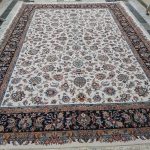
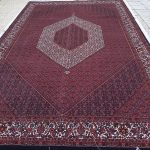
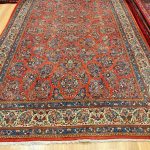
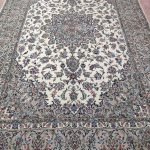
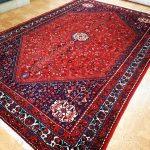
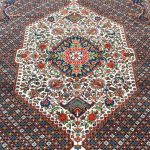

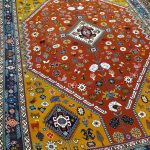

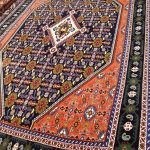
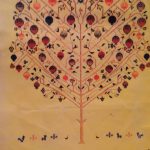
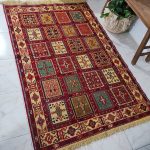
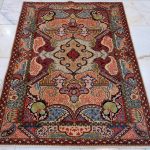
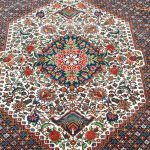

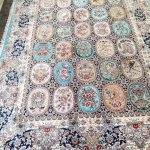
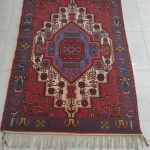
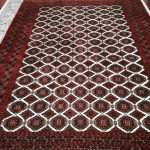
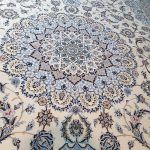
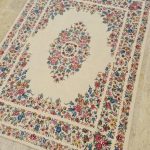
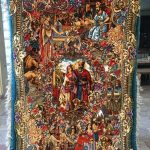
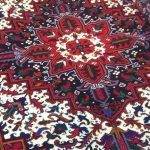
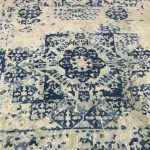
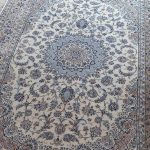
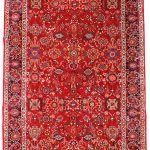
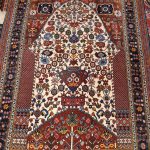

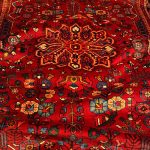
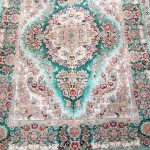
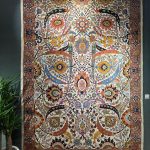
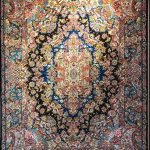
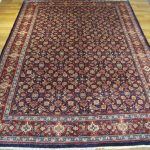
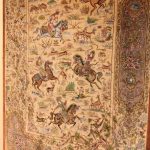

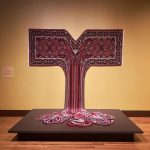
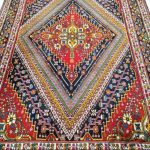
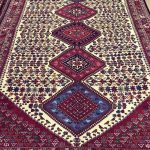
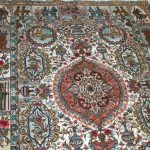



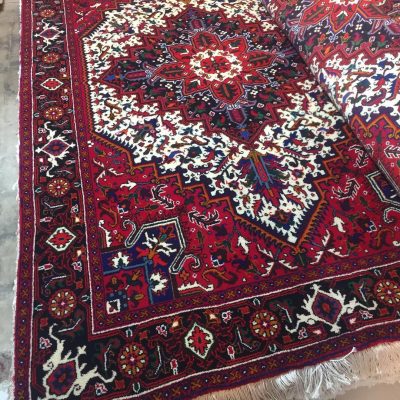
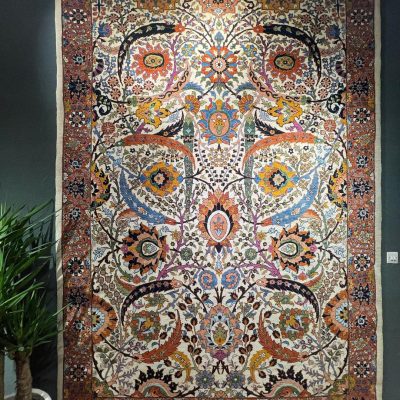
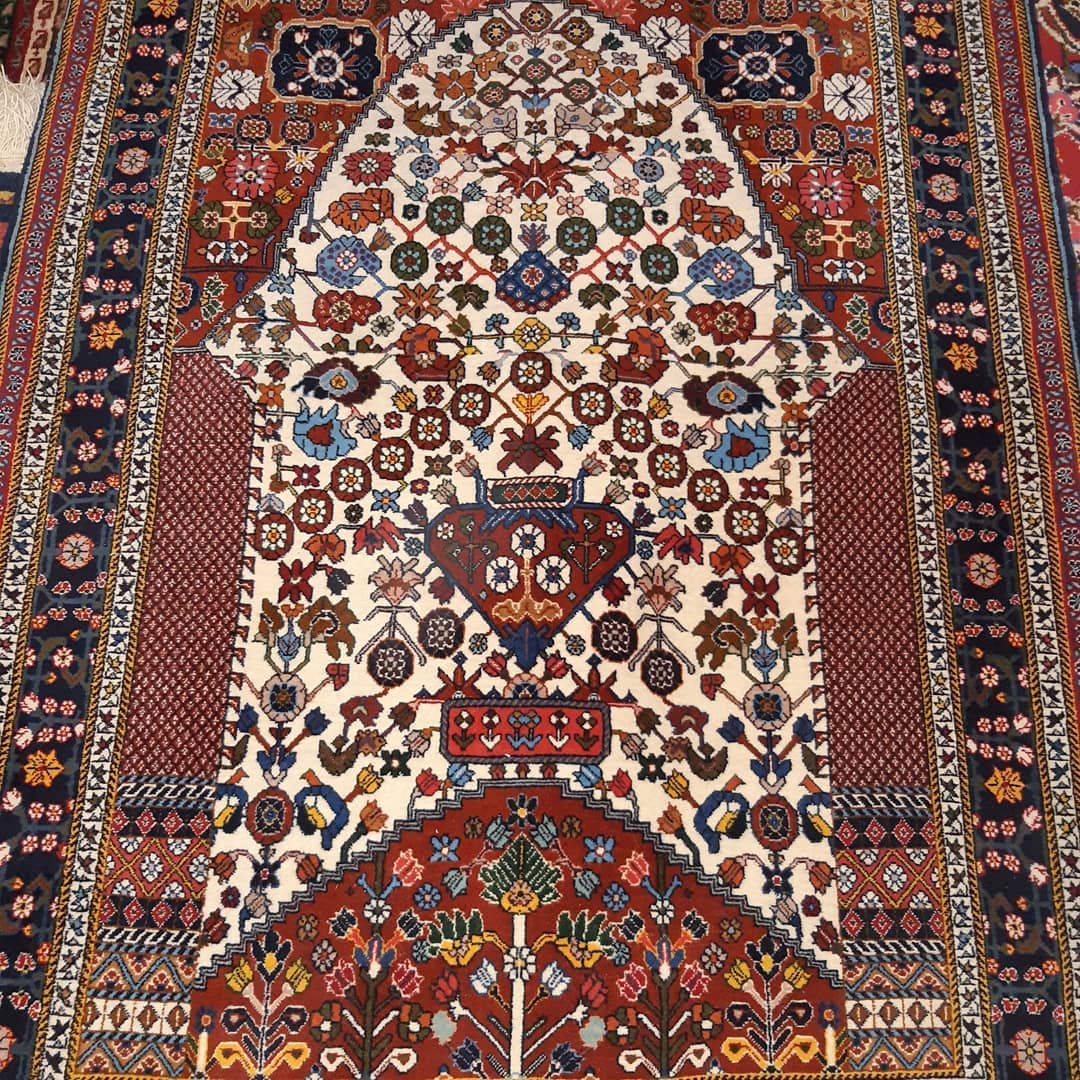
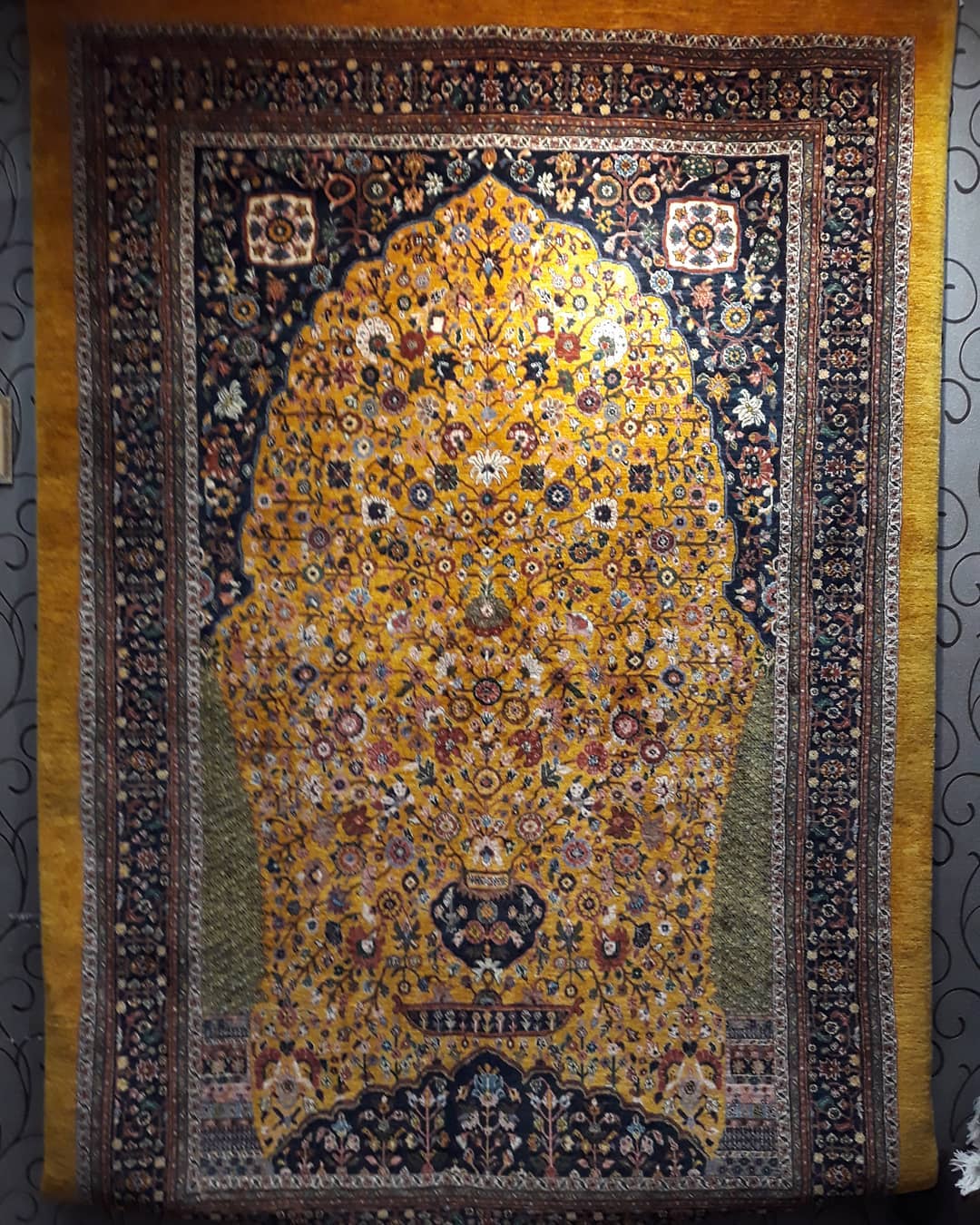
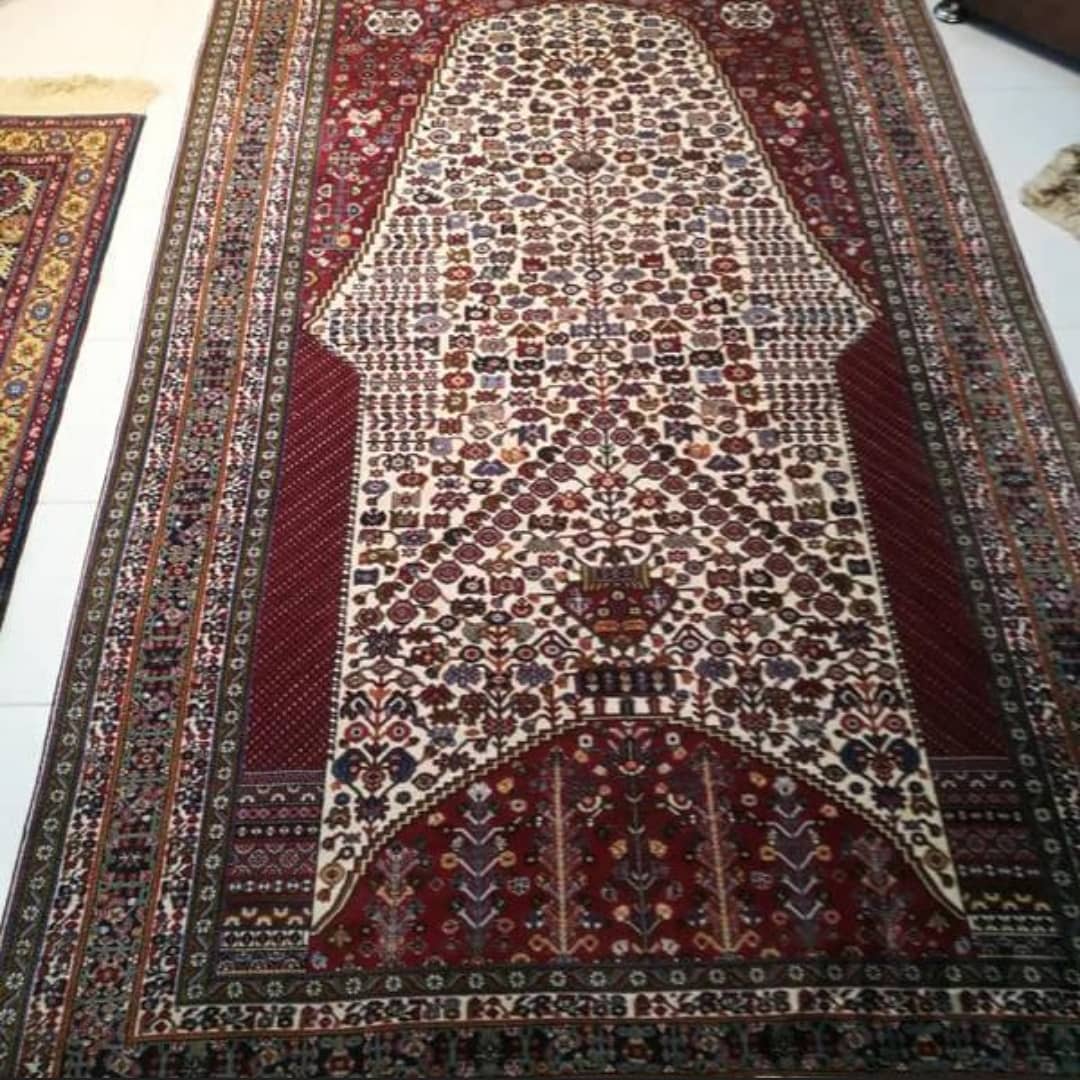

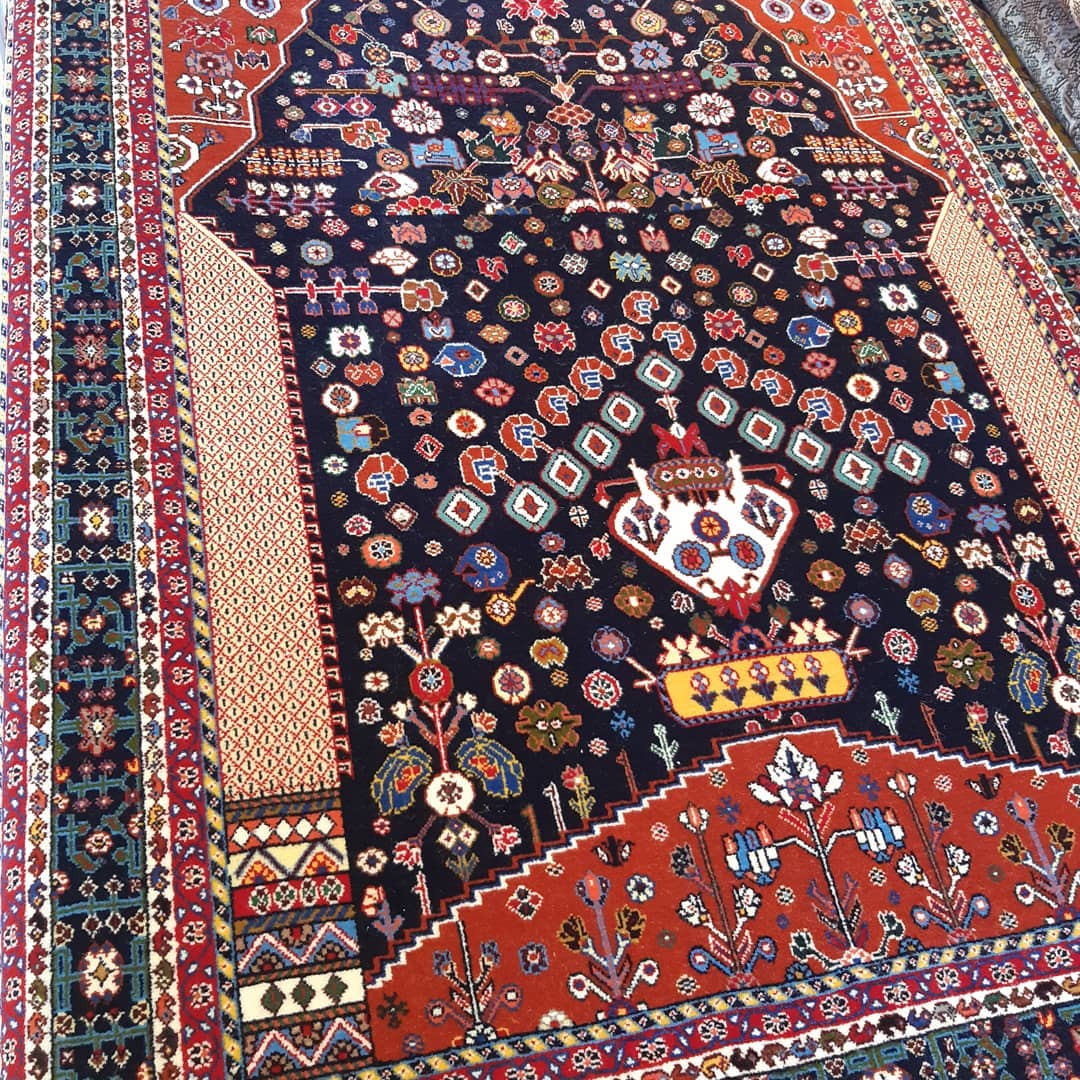
Reviews
There are no reviews yet.